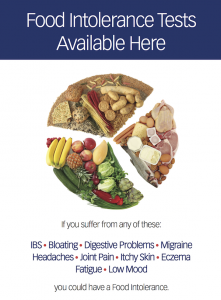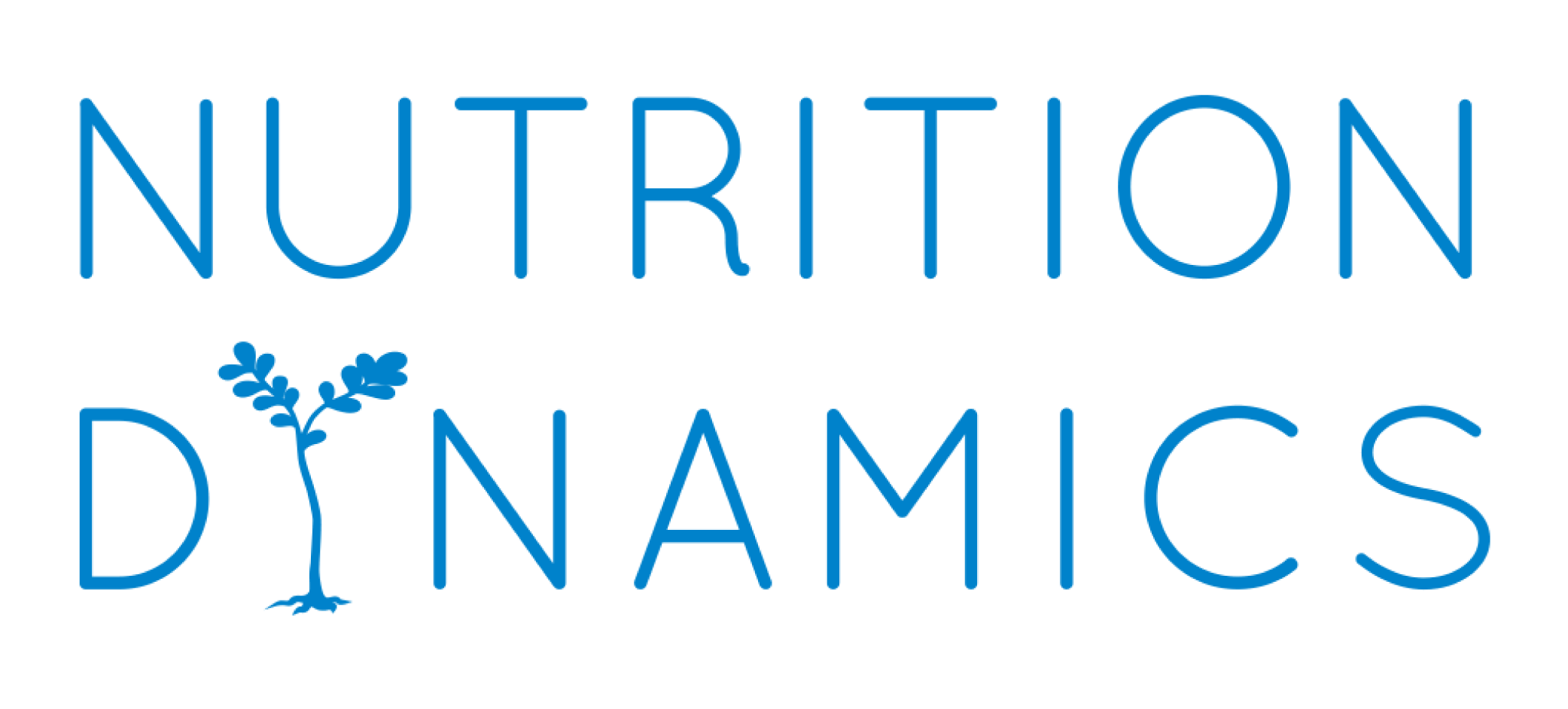 There is a lot of confusion about the terms food intolerance and food allergy, and the difference between them. Many people think they have a food allergy when their symptoms can sometimes indicate food intolerance instead. Up to 45% of the population suffer from food intolerance (according to the leading medical charity Allergy Research) which, whilst not life threatening, can have a negative impact on many aspects of life.
There is a lot of confusion about the terms food intolerance and food allergy, and the difference between them. Many people think they have a food allergy when their symptoms can sometimes indicate food intolerance instead. Up to 45% of the population suffer from food intolerance (according to the leading medical charity Allergy Research) which, whilst not life threatening, can have a negative impact on many aspects of life.
When foods and drinks are digested the proteins within them are broken down into smaller fragments, and sometimes the body reacts to them as invaders, attacking them using antibodies called immunoglobulin (IgG). This can cause inflammation and a wide range of symptoms including headaches, digestive problems, IBS, bloating, itchy skin, joint pain, weight gain and low mood to name a few.
How does the test work?
First a few drops of blood are taken using a simple finger prick blood collection wick system. The sample can be taken anywhere, in your home, at work etc.
The sample is then posted to the laboratory (in a pre-paid envelope), tested and analysed for IgG antibody reactions to a maximum of 150 food and drink ingredients.
Clear colour coded test results and support pack are delivered back to you through your practitioner, and an explanation given of any food and drink intolerances. This allows you to discuss in detail recommended dietary and nutritional changes – a fast track to an elimination diet that optimises health and wellbeing.
